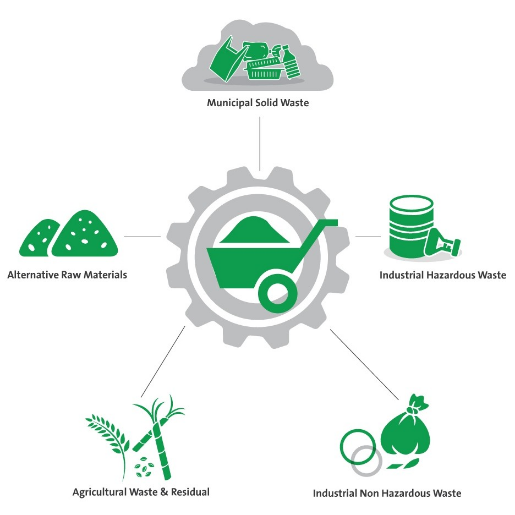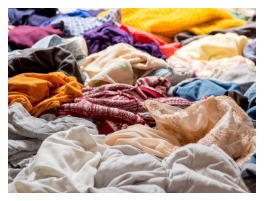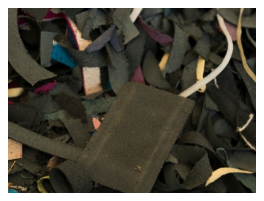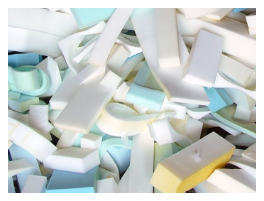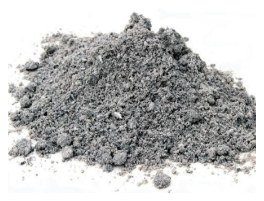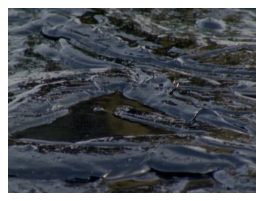WHAT IS PRE- AND CO-PROCESSING?
Pre-processing involves preparing waste to make it susitable for co-processing in cement kilns. This process transforms discarded materials into a valuable resource known as Alternative Fuels and Raw Materials (AFR).
Co-processing is the controlled use of AFR in cement production, where waste serves as both fuel and raw material. This process replaces primary fuels such as coal, petroleum coke, and natural gaswhile recovering energy and recyclign the mineral content of waste. Only qualified waste materials are used to ensure efficiency and environmental safety.
